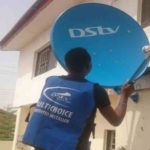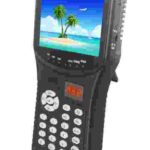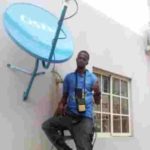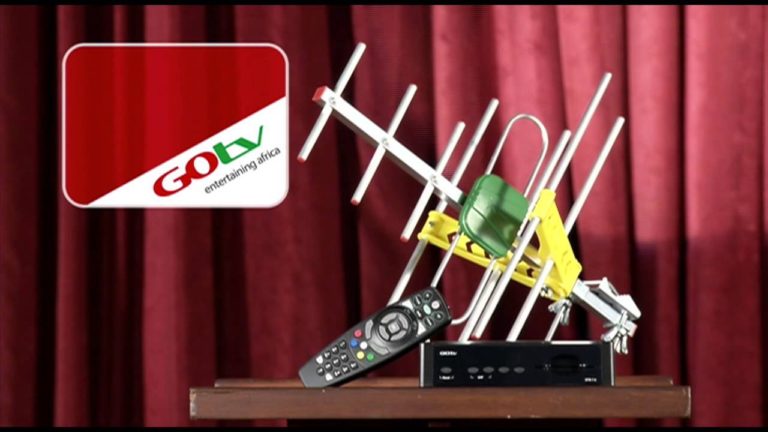This article explains how the satellite TV technology works. See how modern technology generates and transmits TV signals over space and earth satellites. The aim of revealing this signal transmission technology is to help you understand how signals travel. If you are an installer, this article would help you learn the best way to track satellite TV signals during installations. Furthermore, the C-Band and KU-band were also treated in this article. Certainly, they are two most popular modes of signal transmissions for digital satellite TV services today.
Pay-TV services Using Satellite Transmissions
Here are some notable pay-TV services using satellite TV transmission technology. They include;
- DStv
- Startimes
- MyTV
- KweseTV
- MBC West
- TStv etc
Do you probably own one? Maybe you are an installer, technician or engineer who wish to understand better the technology behind the propagation or transmission and reception of these digital satellite TV signals from orbital or space satellites.
Whoever or whatever y our intends and purpose may be, this post seeks to deliver more insights to you as regards the characteristic features of the Ku-band and the C-Band, in satellite TV signal technology.
WHY IS IT IMPORTANT TO KNOW MORE ABOUT THE KU-BAND AND C-BAND?

A wise phrase says “understanding a problem is half way to solving it”. The KU-Band and the C-Band are the two most popular platforms on which virtually all communication satellites currently transmit TV signals. In these two bands, you now talk about satellite transmission frequencies, Polarization, positioning (Azimuth), symbol rates, encryption or Free to Air, even the size of dish that can receive such satellite TV signals.
The KU-Band and the C-Band play big roles when you consider how the weather affects your satellite signals, cost of transmission, depth of digitization i.e HD, Add-on services, multiplicity of channels, integration of both satellite TV and satellite radio into same grid etc.
The C-Band in Satellite TV Technology
The adoption of the C-Band as medium of most satellite TV signal propagations followed some considerations. The most being that due to the frequency and wavelength of transmission in C-Band, satellite TV signals had little or no interference from bad weather or rain.
As at that time, it was considered reasonably cheap to use the C-Band to transmit satellite TV signals, until the emergence of the KU-Band.
The C-Band transmits digital satellite TV signal within a frequency range of two to eight GigaHertz (2 – 8GHz). By this, one would require a satellite dish size of 2 metres or more in order to receive C-Band signals.
That is why you sometimes see big size dishes – big enough to fill up your little compound space in the name of watching satellite TV channel.
The C-Band is digitally compressible but not as much as the KU-Band. Its grid supports add-on or integrated services like interactive functions on set top boxes or receives, allocations for more TV and radio channels on the grid, High Definition HD TV signals etc, but not as much as the KU-Band allows for.
The KU-Band in Satellite TV Technology
As need for new breakthroughs and advancements arose, then came the KU-Band. Many satellite TV providers began to migrate their services to the KU-Band. What is in this KU-Band?
The KU- Band allows for more contraction in the digital spectrum, which makes it more digitized in quality, content and flexibility. In a lay man’s view, much more extra features and services can easily be compacted into the many spectra of the KU-Band, making you enjoy the richness of such signal services coming to you.
The KU-Band transmits at frequencies ranging between eleven to eighteen GigaHertz (11 – 18GHz). Therefore it only requires even a small size satellite dish to receive such signals from the KU-Band.
The KU-Band surprisingly is cheaper to run or maintain despite its super-digitized spectrum. But it has one major default – it is highly susceptible to rain and bad weather conditions.
The DStv transmits under the KU-Band, that’s why your signals get interrupted anytime the weather becomes cloudy, stormy or rainy.
Useful? Why not share this post. Remember to comment below that we may read your thoughts on this.







